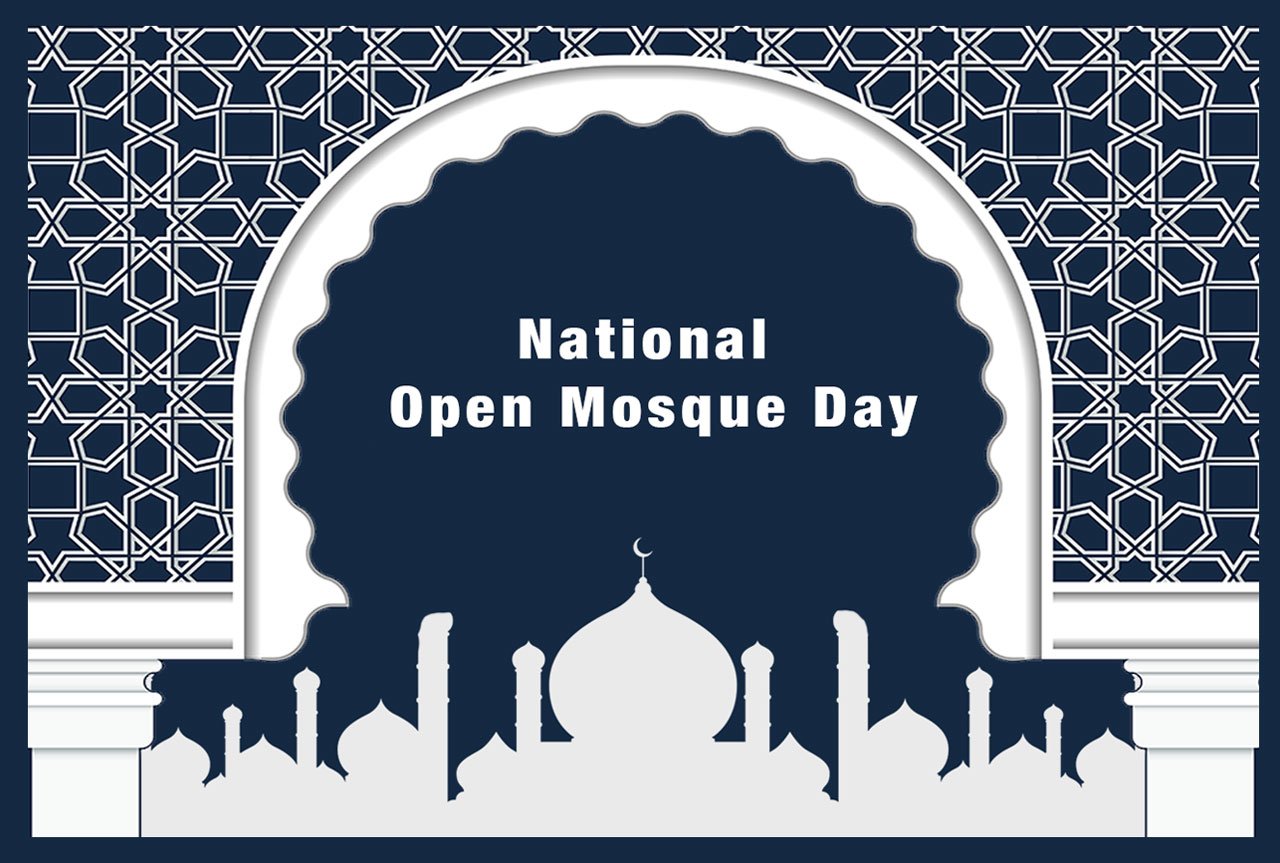National Open Mosque Day
October 15, 2022
Background
USCMO encourages Mosques across the United States to participate in the National Open Mosque day each year in order to encourage Muslims to reach out to their community and invite non-Muslims to their mosque. The purpose of National Open Mosque Day is to create community bonds, dispel misconceptions and share commonalities in a spirit of openness and interfaith. We encourage non-Muslims to look up their local mosque to find out if they are hosting an open mosque and visiting with their Muslim community members for a day of friendship and inclusiveness.
Etiquette for Visiting a Mosque
- When Entering:
- Take off your shoes
- Be respectful: Avoid making loud noises or engaging in unnecessary conversation inside of mosques. Turn off mobile phones, don’t chew gum, and do not bring food or drinks inside of a mosque.
- Dress appropriately: Modest dress is required. Men and women should both cover as much skin as possible; women should cover their heads.
- When Inside:
- Keep your voice low and don’t bring food or beverages into the mosque
- Respect prayer times, while the prayer takes place stand out of the way and keep your voice low
- Do not walk in front of someone praying
- Sit in designated places for men or women. Stay in the rear of the room as you observe prayer.
- Be a learner. Ask good questions while listening to the responses carefully.
History of Mosques
The mosque, masjid in Arabic, is the Muslim gathering place for prayer. Masjid means “place of prostration.” The five daily prayers prescribed in Islam can take place anywhere, it is encouraged to pray at the mosque and all men are required to gather together at the mosque for the Friday noon prayer. Mosques are also used for study, rest and reflection.
The home of the Prophet Muhammad is considered the first mosque. His house, in Medina in modern-day Saudi Arabia, was a typical 7th-century Arabian-style house, with a large courtyard surrounded by long rooms supported by columns. This style of mosque is known as a hypostyle mosque which means “many columns.” This style was used for centuries by most mosques built in Arabia.





